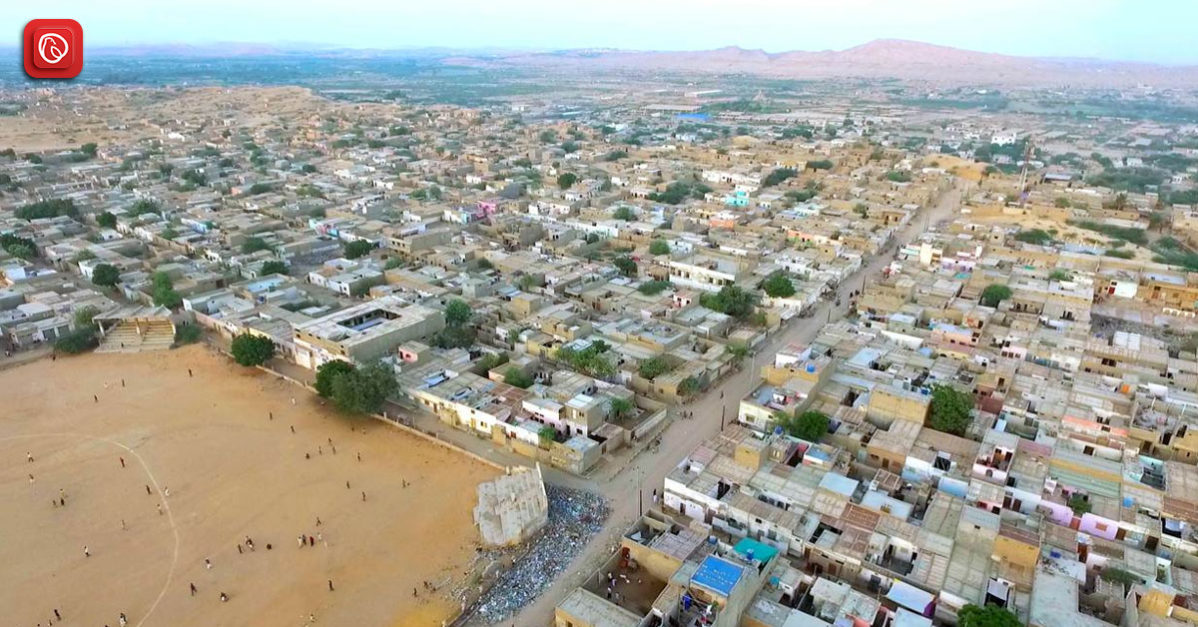
Orangi Town
Orangi Town, located in Karachi, Pakistan, is renowned as one of the world’s largest slums. With a population exceeding three million, it stands as a testament to the resilience and resourcefulness of its residents. This blog by Graana.com delves into the history, demographics, infrastructure, socio-economic conditions, educational and healthcare facilities, and the challenges faced by the community of Orangi Town.
Orangi Town’s history deeply intertwined with the rapid urbanisation and migration patterns that have shaped Karachi over the past several decades. Originally, it was an area of undeveloped land on the outskirts of Karachi. However, from the 1960s onwards, it began to see an influx of migrants from rural areas and other parts of Pakistan, driven by the search for better economic opportunities.
The development of Orangi Town largely be attributed to the self-help initiatives of residents. Without formal government support, the community organised itself to address basic needs such as housing, sanitation, and water supply. The Orangi Pilot Project (OPP), initiated in 1980 by Akhtar Hameed Khan, played a pivotal role in this process, providing technical support and facilitating community-led infrastructure projects.
Orangi Town’s population is incredibly diverse, with residents hailing from various ethnic and linguistic backgrounds, including Urdu-speaking Muhajirs, Punjabis, Pashtuns, Sindhis, and Baloch. This diversity reflected in the vibrant community life, with a rich tapestry of cultural traditions, languages, and religious practices.
The social fabric of Orangi Town is characterised by a strong sense of community and mutual support. Neighbourhood associations and informal networks play a crucial role in organising community activities, addressing local issues, and providing support to vulnerable residents.
Orangi Town’s infrastructure is a mix of formal and informal developments. While the area has seen significant improvements over the years, challenges remain in providing adequate housing, sanitation, and utilities to its growing population.
The socio-economic conditions in Orangi Town shaped by high levels of poverty and limited economic opportunities. Many residents work in the informal sector, engaged in activities such as small-scale trading, manufacturing, and service provision.
Education is a crucial pathway to improving socio-economic conditions in Orangi. The area is home to a variety of educational institutions, ranging from government schools to private academies and vocational training centres.
Healthcare is a critical concern in Orangi, where residents face numerous health challenges, including infectious diseases, malnutrition, and maternal health issues. The area served by a mix of public and private healthcare facilities.
Town faces numerous challenges that hinder its development and the well-being of its residents. However, the community’s resilience and ongoing efforts by various stakeholders offer hope for a better future.
Orangi Town, despite its many challenges, stands as a symbol of the resilience and resourcefulness of its residents. Through community-led initiatives, the support of NGOs, and ongoing efforts to improve infrastructure and services, Orangi Town has made significant strides in addressing its most pressing issues.
With continued focus on economic development, education, healthcare, and social inclusion, there is hope for a brighter future for the millions who call it home.
Related FAQs
Orangi Town has a population of over three million residents, making it one of the largest slums in the world.
The main challenges include inadequate housing, poor sanitation, limited access to clean water, low-income levels, and insufficient healthcare and educational facilities.
The Orangi Pilot Project has played a significant role in improving sanitation, housing, and community organisation through technical support and facilitating self-help initiatives by residents.
The Town has government schools, private schools, and vocational training centres. However, challenges such as overcrowded classrooms and inadequate facilities persist.
Economic conditions can be improved through vocational training, microfinance schemes, investment in local industries, and support for small businesses and entrepreneurship.
If you want to learn more about Malir Cantt, visit Graana blog.
Islamabad / Northern Pakistan: A 5.6 magnitude earthquake struck parts of northern Pakistan on Friday,…
Islamabad: National Highway Authority (NHA) Chairman Muhammad Sheheryar Sultan has announced that the authority has…
Lahore: In a landmark development, the Punjab Environment Department has issued its first-ever comprehensive environmental…
Islamabad, Oct 13: The Islamabad district administration has clarified that all roads in the federal…
Islamabad: Capital Development Authority (CDA) and the Overseas Pakistanis Foundation (OPF) have agreed to collaborate on…
Rawalpindi: The Rawalpindi Municipal Corporation (RMC) has finalized a phased plan to complete multiple ongoing…